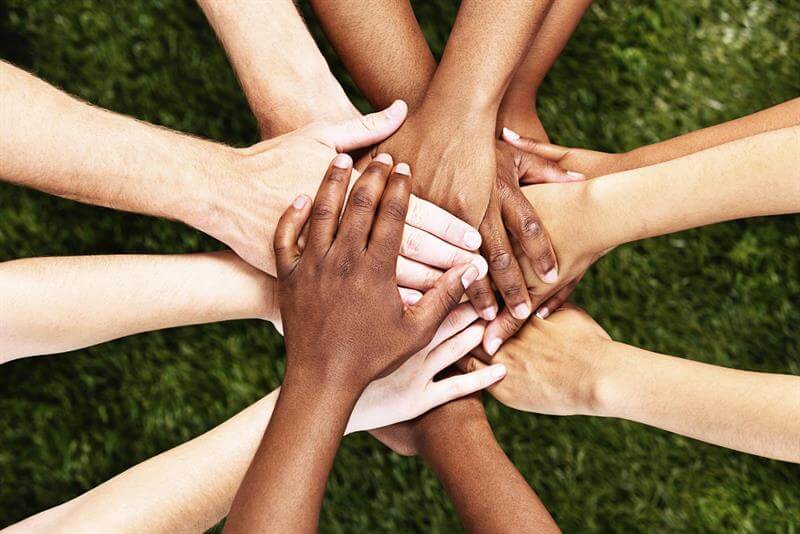Despite positive momentum on the gender equality front in recent years, courtesy of the #MeToo movement, the fact that as a society we are still questioning what is acceptable for women to do with their own bodies make me want to throw up my hands. The criticism over the performances of these successful, talented Latina mothers speaks more about basic pettiness and, frankly, prejudice than it does about sexual norms in this country. The sad truth is that we hold women of color to a different standard than we do white women, and obviously men as well (although no is surprised on that one).
Taking this reality into account, I tried to put myself in the shoes of a girl who is coming of age today in 2020 and think about what she would want to hear from those who came before her and the leaders of the marketing world that are contributing to the gender (in)equality that she is likely experiencing.
If I was her, I think I would be overwhelmed by the amount of negativity I’m encountering and the woman-on-woman bashing even in this space, a creative industry that should be welcoming toward diversity of perspective and everything in between (enough of the mom-shaming and the mommy wars, please). I’d want the leaders across adland to stand up for each other and our right to be whoever we want to be, something we aren’t really doing as much of today as we should. Men have somewhat blindly supported other men for ages, and while I don’t suggest we do the same, I do believe that the young women in our community could use more support and overall ground cover than we’re giving them.
At the same time, if I were her, I’d want to see our male allies also supported, if not celebrated. At the end of the day, we are in this together, and if we want to avoid having these conversations again and again for the foreseeable future, allies will be integral.
I’d want to see hypocrisy challenged. I’d want people to recognize when they’re judging others without cause. I’d want her to take back the conversation and focus on things that have a real impact on her life. I’d want her to consider how she can help move the diversity and inclusion conversation forward, specifically in the creative, content and advertising realms. I’m talking about true diversity in content and marketing; not just in terms of showing women in advertising, but in prioritizing the telling of real stories—especially the ones we’re the least comfortable with—to normalize and celebrate them.
In this industry, there is a lot of talk about authenticity and how important it is for brands to feel authentic. But there’s less talk about what this actually implies. There is no magic formula for authenticity. It has to come from the people that are actually hands-on when it comes to making content and creating communications. When you don’t have diversity and inclusion at the top and woven throughout your organization, chances are strong that the content will come across as inauthentic.
I’d also want to see masculinity and femininity redefined. As a parent now, I struggle to find good examples of non-gender bias for my son to reference. Children absorb visual and language-based references from the get-go, and by the time I was 17, I thought I knew what female and male meant, thanks to pop culture and advertising. Admittedly, it has taken me years to unravel that.
Lastly, I’d want people to talk about the importance of education as opposed to just school. Real life, which includes the content and advertising we’re exposed to every single day, educates us on certain aspects of our lives as much as—if not more than—the time we spend in school. As an industry, we have an opportunity to help redefine how the next generation sees itself reflected on screens and beyond. We can either pay lip service to diversity and inclusion or we can live it with every piece of content we put out in the world. This means asking ourselves questions at every step of the creative process, routinely gut-checking and empathizing as we move along.



